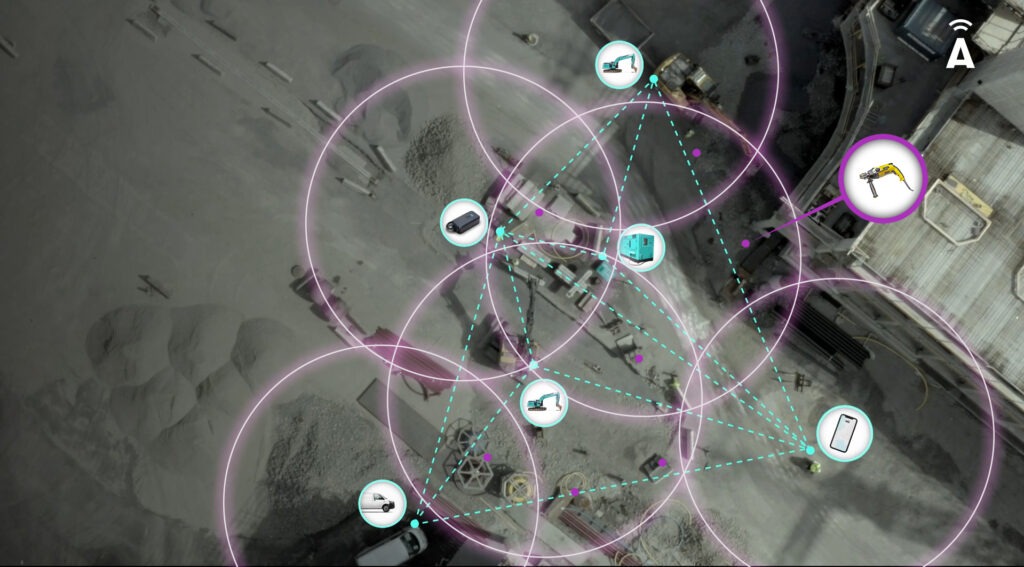Manufacturers equip their vehicles and machines with sensors. In this way they learn a lot about things like location, engine management, driving style and idling. However, this does not mean that they share this information with you. That’s a pity, because it’s just the thing to get direct benefits from both your new and existing assets.
– This blog article is a partnership with ABAX –

Almost all new cars and machines sold in the European Union will be ‘connected’. This means that they have a mobile internet connection with the manufacturer. What exactly the manufacturers do with the data, they usually are not very clear about. Sometimes they offer the data through their own platform or app that you can log into. What you then get in terms of data is often not what helps you in your daily business. You often have to do additional processing of this data.
A solution in the form of a telematics platform such as ABAX offers is what you need. ABAX is a company that offers software, which helps you to control your vehicle and machine fleet. You can read about the advantages of this software and the control of your fleet in this blog article.
All your assets in one platform
With Smart Connect from ABAX you bring existing and new assets together in one platform and gain benefits in daily operations, as well as in management reporting and steering on KPIs. If machines are equipped with telematics, it’s possible to connect directly to the ABAX platform. So installing additional hardware is not necessary. Is there no hardware in the vehicle or machine? Then it’s easy to add it. ABAX has several convenient, robust and waterproof hardware solutions for this.

Longer economic and technical lifespan
Good maintenance and timely interception of faults extends the technical lifetime. But how the vehicle/machine is used is also decisive for its service life, for example, insights into speed, cornering, idling, hard braking and acceleration. Armed with this accessible data, you can intervene in time, make adjustments and take good decisions – based on real data and not on assumptions.
Understanding actual operating hours, load and positions also affects how long you want to keep the machine in your fleet. If an equivalent machine is putting in far more hours at one location than another, then exchanging is a smart choice in the long run. At ABAX, we find that customers typically decide to spend an extra year with a vehicle or machine based on their collected data.

Make smart decisions that contribute to sustainability
The information you get from telematics systems helps you improve the customer experience. Equipped with real time vehicle location information, you can optimize the accuracy of route planning and give customers (including internal customers) live updates on estimated arrival times. Optimal routing, smart planning and good driving behavior in turn lead to lower fuel consumption and less maintenance.
Not losing machines, using them efficiently and maintaining them on time not only benefits the business but also the environment. The world benefits if we use company assets a year longer. The move to electric is of course good for the environment. But this is undone if the existing machine has been used ‘too briefly’.

Improved productivity with the right tracking software
Tracking devices for vans, cars, trucks and other fleets capture activity data and real time location information, which is accessible to you online. Using this information, you can automate processes, set alerts, create reports and gain insight into these activities. GPS tracking data can save you hours of manual management each month. Hourly records, mileage claims and driving behavior can all be automated with a vehicle tracking system.
As the experience with telematics systems has changed over the years, so have their applications. By embracing a tracking system for their vehicle and machine fleet as a useful business tool, companies have found a way to share information. They then do this both with the management team and with their employees. Information is no longer used to identify wrongdoing now. Instead, telematics data is more widely used to identify problems before they occur. In this way, training, best practices and guidelines can be offered to employees.

